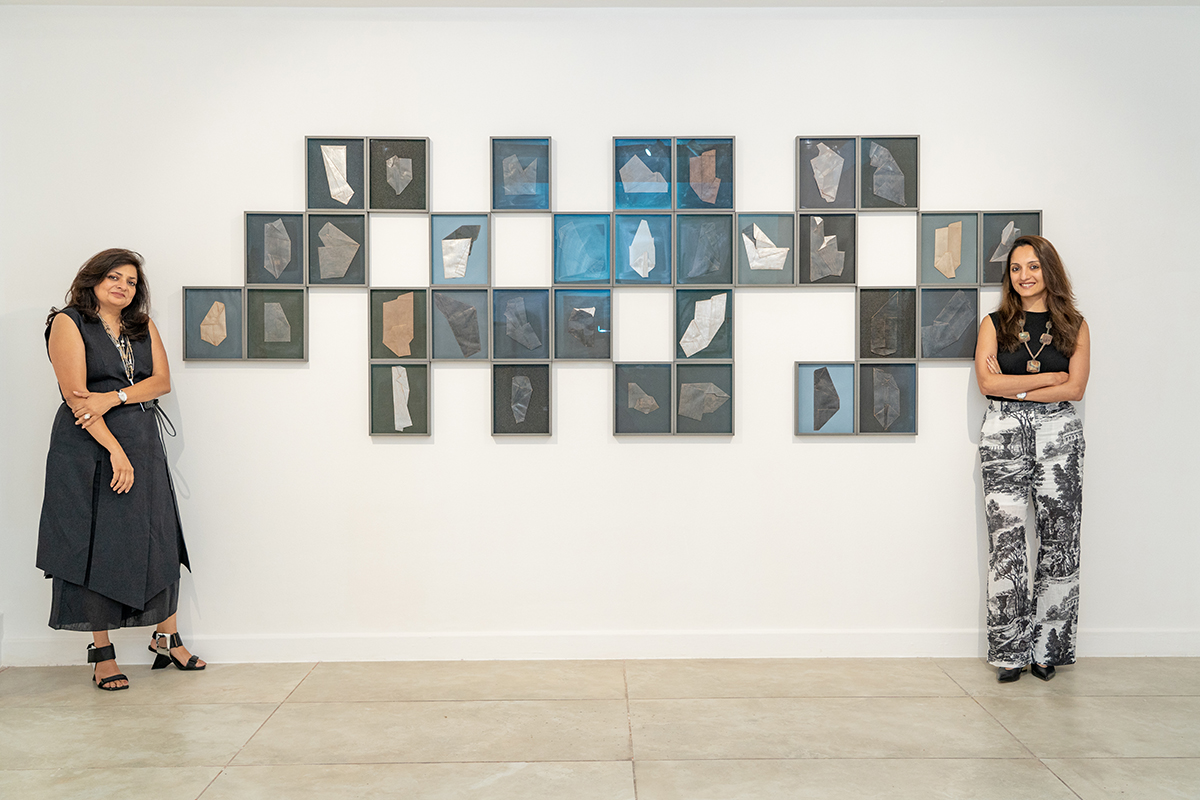
Founders of Shrine Empire Shefali Somani (left) and Anahita Taneja (right)
Anahita Taneja & Shefali Somani founded Shrine Empire in 2008 with a mission to support South Asian artists. Here the gallerists speak to Samantha Welsh about the development of India’s art scene and the importance of collaboration to build up South Asia’s art community
LUX: How did you start to work together?
Anahita Taneja & Shefali Somani: Back in 2006 we met over a sale of an artwork and found common links in Kolkata, India. That was when we first decided to collaborate and work together on a group exhibition in 2007. It led us to work further together as two separate entities, the Shrine Gallery and Empire Art, in exhibitions in Singapore and then the first edition of India Art Fair. Over a period of time, we realised that we had a similar vision and believed in practices of similar artists in South Asia, so we joined hands and started Shrine Empire in 2008.
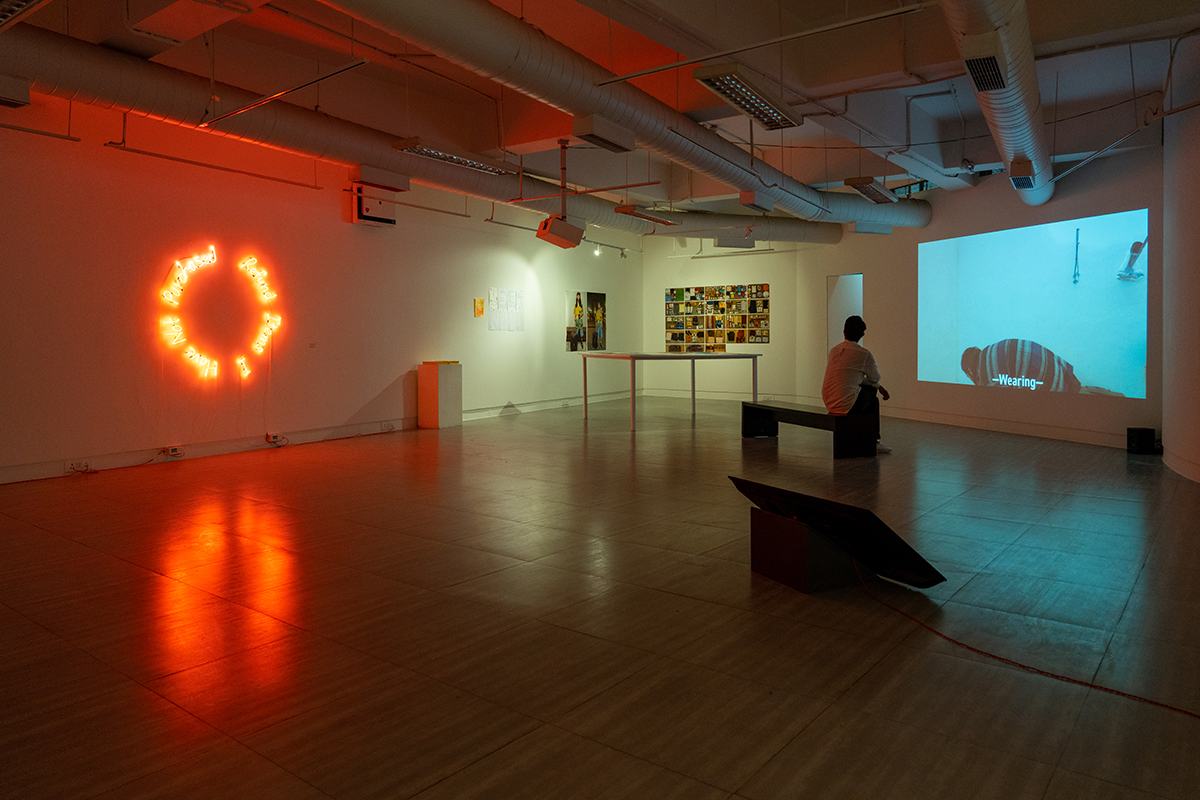
Yoshinori Niwa, Our Human Spirit Under Capitalism, Prameya Art Foundation, curated by Anushka Rajendran
LUX: What was ground-breaking about what Prameya Art Foundation (PRAF) offered?
AT & SS: In India we’ve only had a handful of art foundations who have consistently done good work. Due to the dearth of funding and patronage, many private entities have had to take not-for-profit initiatives under their belt and promote the growth of the art community in India. We realised the need for an institution which would help to build the art ecosystem, would provide opportunities for artists, writers and curators, and create international partnerships to help build a network to benefit the community here. It was the need of the hour.
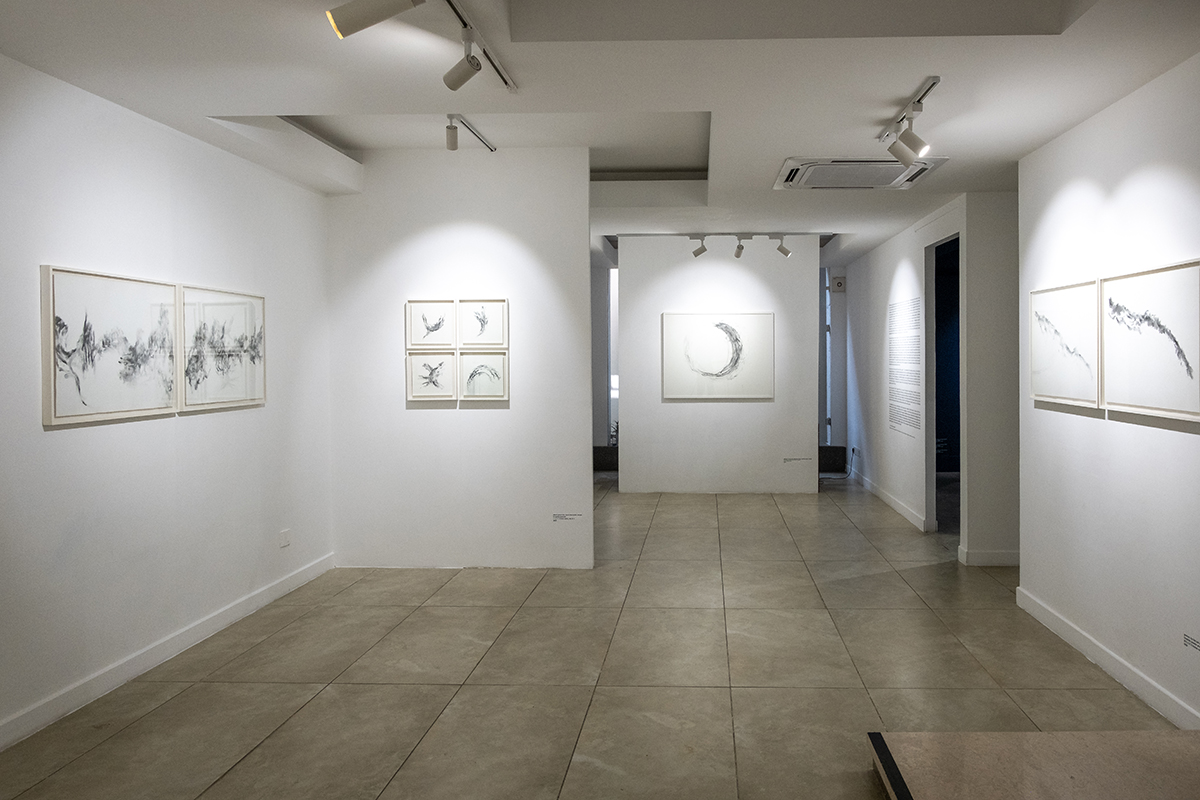
Neerja Kothari, Keeping Score, Shrine Empire
What made Prameya Art Foundation stand out from the rest was that we supported initiatives that never really had any funding or support in India. For example, PRAF Publish which is our artist book grant, Art Scribes Award, our residency and exhibition grant for curators, PRAF Participatory which leads international artists workshops and exhibitions, Pair Award offering grants to mid-career artists, and our imminent launch of India’s first major video production grant.
Follow LUX on Instagram: luxthemagazine
With PRAF Participatory (one of our initial programs) we have invited artists like Sue Williamson (South Africa), Paul Wong (Canada), Bracha I. Ettinger (France), and Yoshinori Niwa (Japan) all of whom have visited India as part of this programme, and have collaborated with invited artists and creative practitioners from this country to create artworks.

Rehabilitating our human spirit under capitalism by Yoshinori Niwa, curated by Anushka Rajendran
LUX: Which art weeks and fairs are particularly impactful for South Asian artists?
AT & SS: For South Asian artists, India Art Fair, Art Basel Hongkong and Art Dubai are some fairs which bring focus to artists from the region. Kochi Muziris Biennale, Colomboscope, Kathmandu Triennale and Dhaka Art Summit in fact have a larger and more significant importance, as they hold well curated conversations around artists from South Asia where curators, writers and collections get to view more of their work and bring focus and attention towards their practice.
LUX: What conversations will you be mediating through your partnership with Hello India Art Awards?
AT & SS: The collaboration of Shrine Empire with Hello India Art Awards promotes recognition for artists, curators, writers and other contributors in this field, offering them encouragement and recognition in the industry. The Award also gives a small grant to the winners and recognises certain categories such as best writer, best performance artist, best public-led initiative amongst others which otherwise do not get their due importance or support. We hope to build further patronage through initiatives like these.
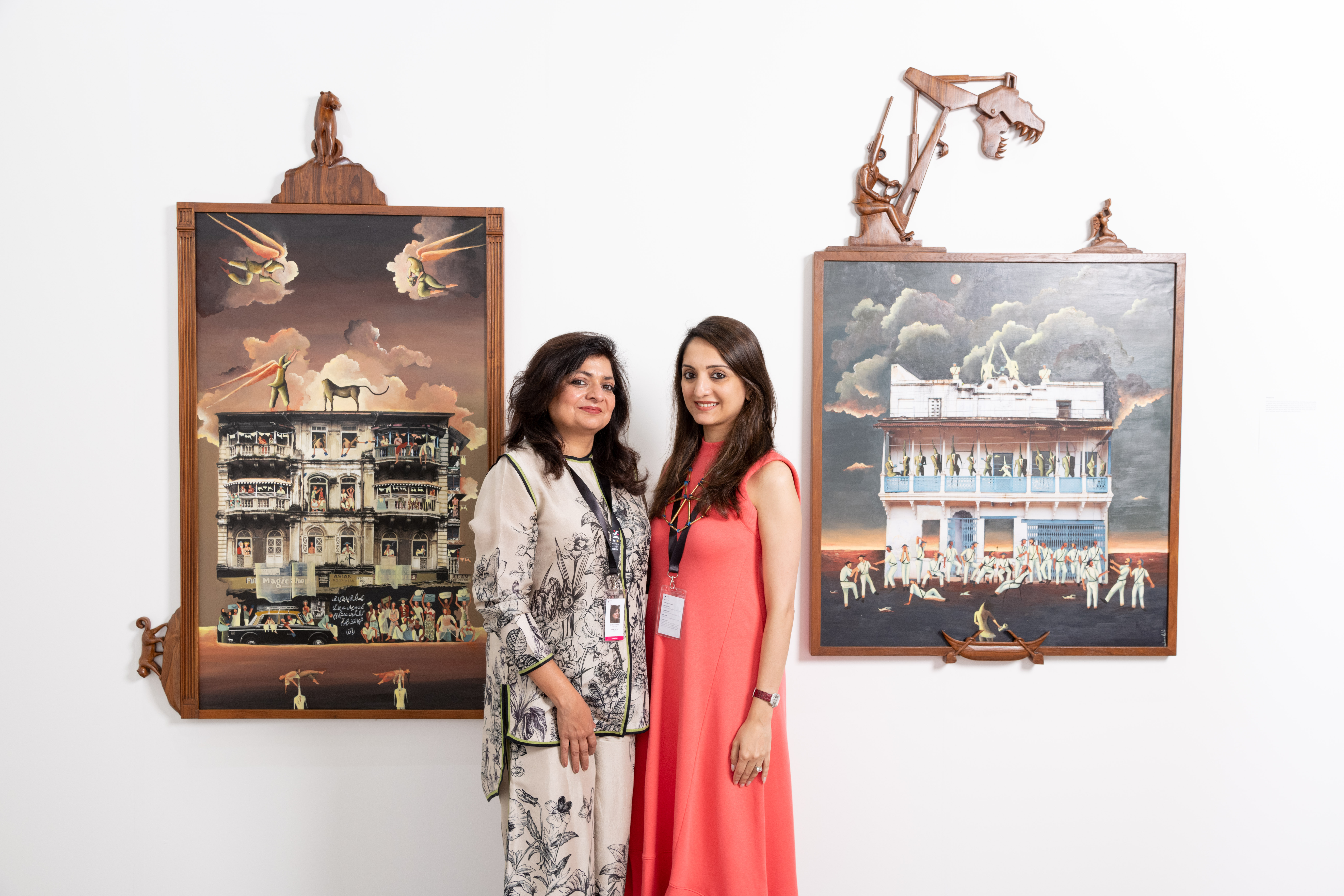
Shrine Empire was founded in 2008 by Shefali Somani (left) and Anahita Taneja (right)
LUX: Where do you see future opportunities for engagement?
AT & SS: We hope to open up the world to India with further international collaborations and opportunities for our community here. We see a scope of growth through dialogue and engagement with other communities beyond the arts creating exposure and conversation around it. In developing our dialogue and keeping South Asia as our focus, we hope to build initiatives which help, support and create future opportunities.
LUX: What was the vision for Shrine Empire?
AT & SS: Shrine Empire was envisioned as a space to show contemporary art practices from South Asia that were relevant to context of the times and region that they belonged to. We have worked to fulfil this vision for the past fifteen years.
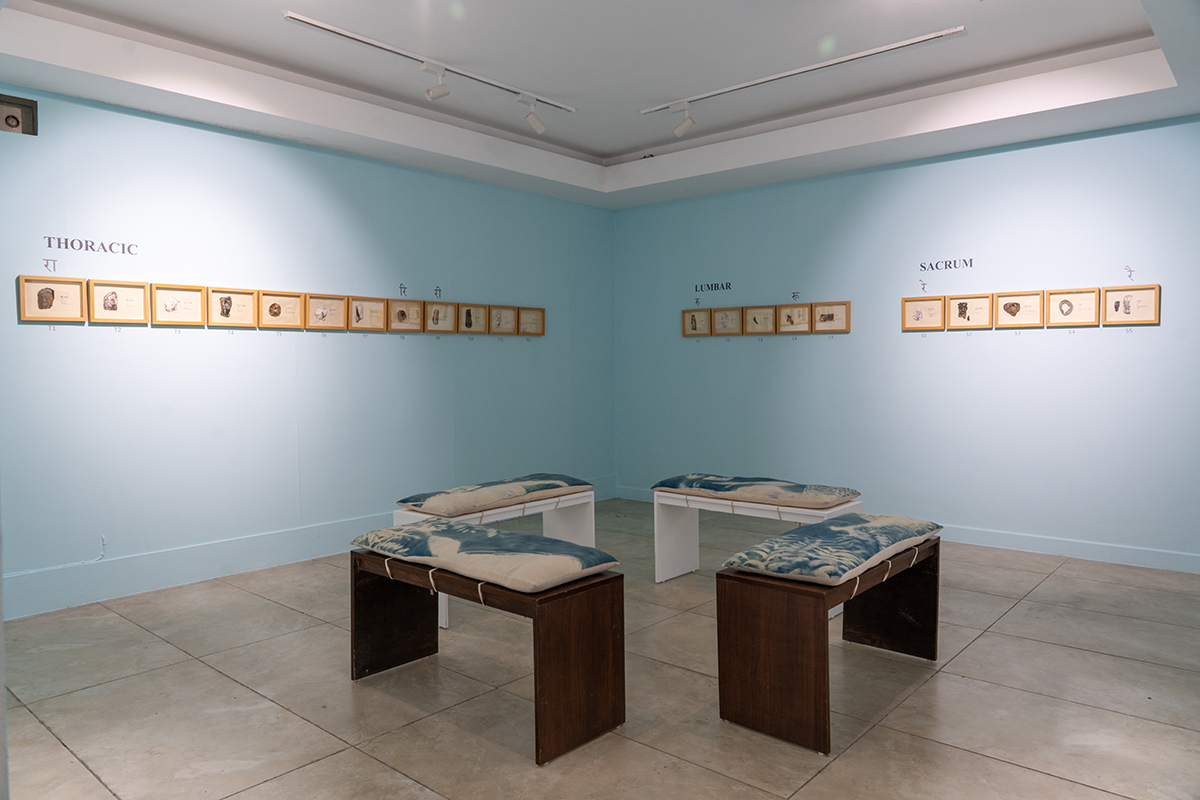
Forestial Flock Curated by Adwait Singh, Shrine Empire
LUX: How was the contemporary art market in India at that time?
AT & SS: When we started Shrine Empire, the market in India for contemporary art was nascent, and a market for experimental practices was nonexistent. Over the years due to many factors, India now has a strong growing market for contemporary art. We see a growth in the number of young collectors every year and not only from our major cities but in the past couple of years from smaller towns as well.
LUX: Is your role curatorial in terms of facilitating discourse?
AT & SS: Our role is not curatorial but we jointly decide on the discourse that we would like to facilitate through the gallery and foundation with curators we work with.
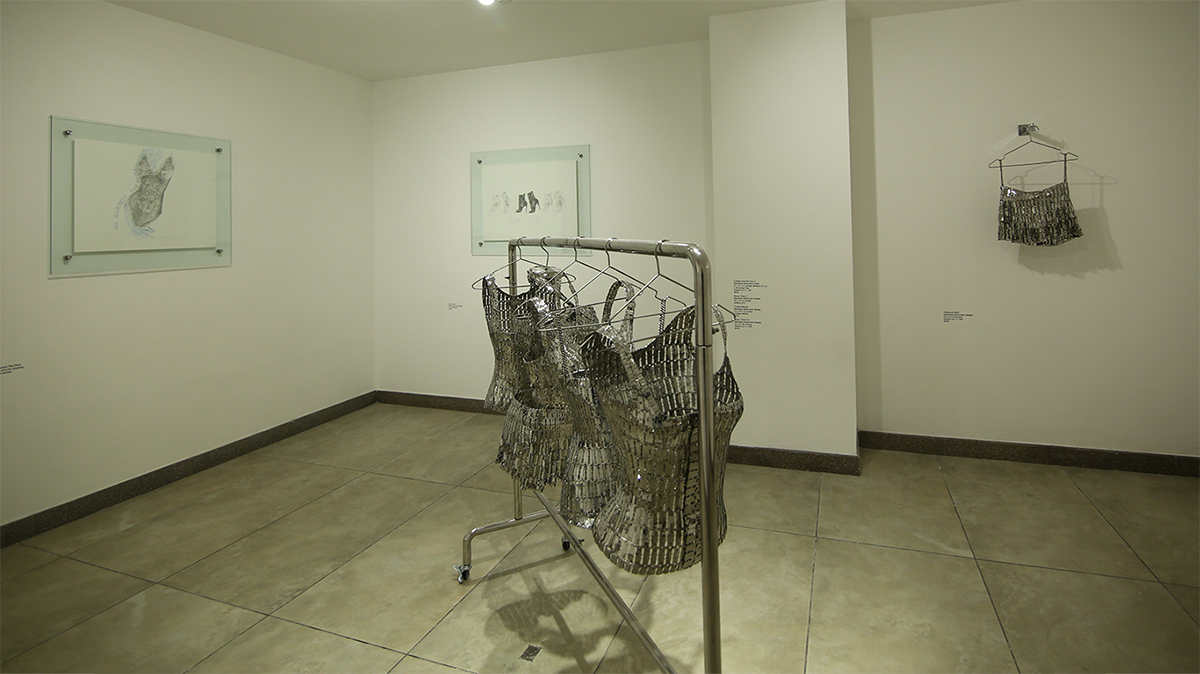
Tayeba Begum Lipi, Vanity Fair, Shrine Empire
LUX: How do you offer platforms for cross-cultural participation?
AT & SS: We offer cross-cultural participation through PRAF. Many of our programmes have international partners and we select artists, writers and curators who then spend time in international residencies such as La Napoule Foundation in South of France and Cité Internationale des Arts in Paris. For the first time, we will be inviting an international artist for a residency in India through Villa Swagatam, an initiative led by French Institute in India. We have recently collaborated with Han Nefkens Foundation for a major video grant for South Asian artists, which will give them an opportunity to show their work in five major institutions around the world.
LUX: What socio-political themes particularly resonate with artists you champion?
AT & SS: Our artists are working with the socio-political issues that are prevalent in the South Asian context. Mining and industrialisation in tribal areas leading to loss of indigenous ways, issues of migration both within the region and to countries outside South Asia, the politics of caste and gender, these are just some of the themes that resonate strongly with our artists.
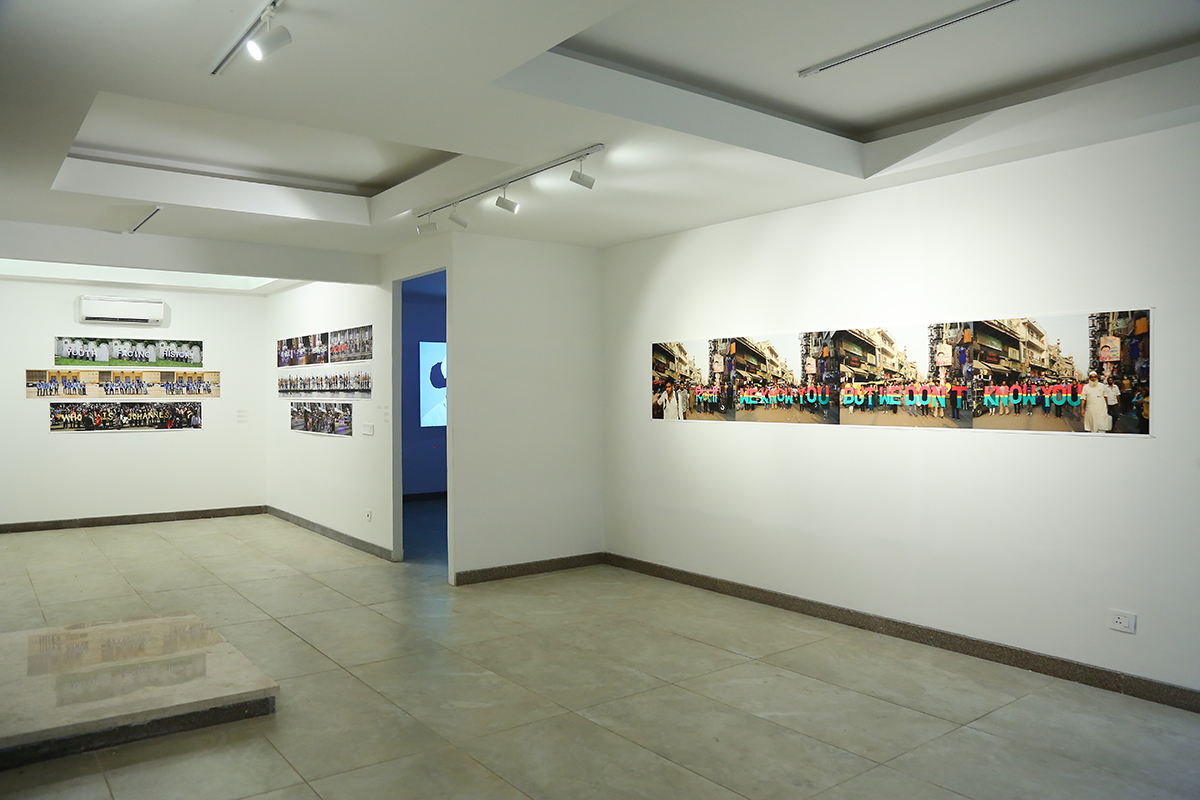
Sue Williamson, Other Voices, Other Cities, Prameya Art Foundation, curated by Anushka Rajendran
LUX: What you foresee for the South Asia art scene over the next decade?
AT & SS: We see a positive shift of interest from international collectors towards South Asian artists. There is already significant attention on this region by important institutions and museums who are exhibiting and showing their works. International curators are showing a marked interest in the dialogue around practices from this region.
Read more: Patrick Sun on LGBTQ artists in Asia
There will be a significant growth in collections building on artists from South Asia and many more artists will be shown at international Biennale’s and Triennale’s. A subsequent result of these factors will lead to a rise in the market of these artists going forward.
Find out more: shrineempiregallery.com








